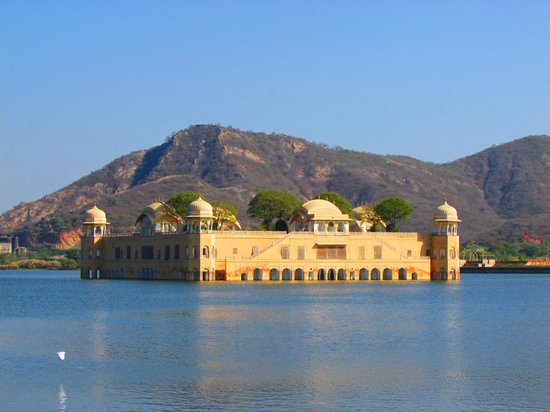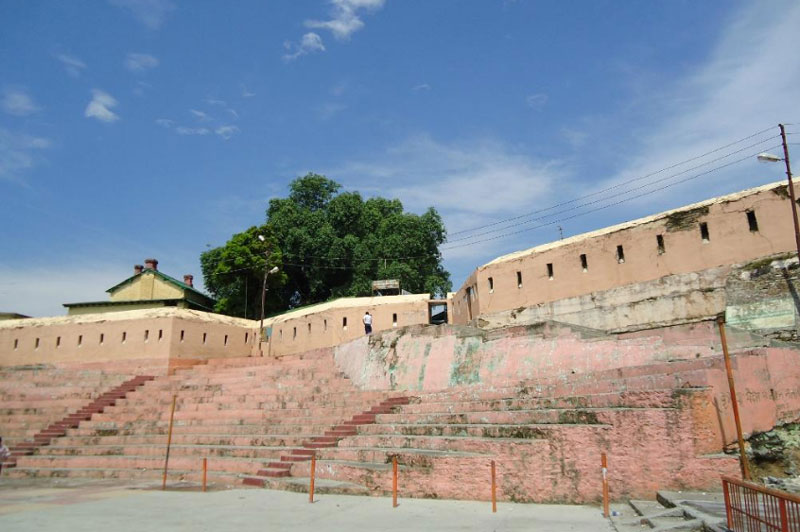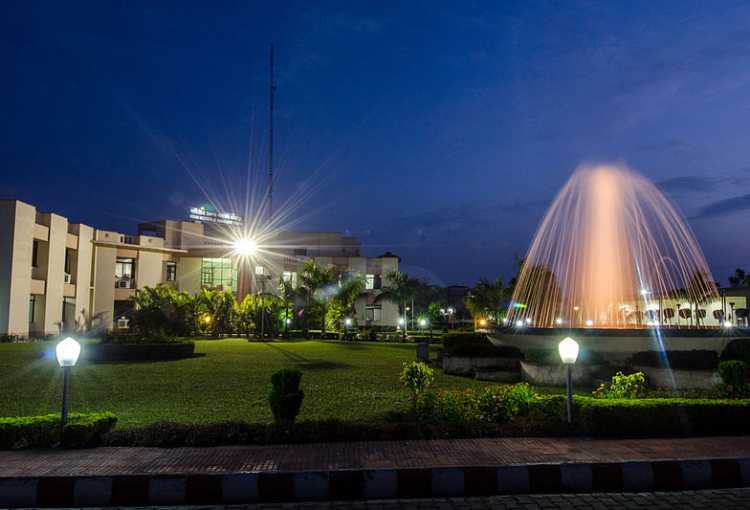The Victoria Memorial, a huge monument made of white marble located in the heart of the City of Joy, Kolkata (erstwhile Calcutta) in West Bengal, India is one of the most famous monuments in West Bengal that has become a museum and popular tourist spot of the state. A brainchild of George Curzon, 1st Marquess Curzon of Kedleston and Viceroy of India, this monument epitomising beauty and elegance was dedicated to the memory of Queen Victoria (1819–1901). This grand and exquisite memorial not only stands as reminiscence to the rule of British Crown in the Indian subcontinent but also stands out as an excellent architectural gem in Indo-Saracenic revivalist style. It is a must visit tourist destination for first time visitors to experience the essence of Victorian era in the midst of the bustling metro city of Kolkata.

History
The Victoria Memorial Hall is one of the most magnificent monuments of not only the city of Calcutta but of our entire country. Representing the resplendent and majestic British architecture, Victoria Memorial Hall stands today, as a veritable icon of the city of Kolkata. Located on 1 Queen’s way, the VMH was envisaged by Lord Curzon, the Viceroy of British India, as a memorial to the deceased Queen Victoria. Hence, according to Curzon this memorial should take form of a great marble hall, which was to be erected on the Calcutta maidan to serve primarily as a monument to the Queen and secondarily as a national gallery and Valhalla of the Indian Empire.
The national gallery which Curzon speaks about would in future take the shape of a museum. The Victoria Memorial hall was therefore set up to function more than just a memorial for the deceased Queen Victoria. The memorial was to be designed with a museum housed within its realms. The memorial with the museum would act as a “standing record of our wonderful history” This was to be a historical museum where people could see before them pictures and statues of men who played a prominent part in the history of this country and develop a pride in their past. Curzon’s writing bring forth that it was a part of his imperial duty to put into execution to set up a “Great Imperial memorial worthy of Queen Victoria and worthy of India.
Within few weeks after Queen’ death in January 1901 a great meeting was convened in the Town Hall of Calcutta on 6th February, 1901, whereby a resolution for constituting an all Indian Memorial Fund for building of the memorial was moved. The princes and people of India responded Architects generously to his appeal for funds and the total cost of construction of this monument amounting to one crore, five lakhs of rupees, was entirely derived from their voluntary subscriptions. King George V, the then Prince of Wales, laid the foundation stone on January 4, 1906 and it was formally opened to the public in 1921.

Construction & Architecture
William Emerson, the then president of the Royal Institute of British Architects was the chief architect of the memorial that was designed in Indo-Saracenic revivalist style. The style encompassed a blend of British architectural style with that of Egyptian, Venetian, Deccani, Mughal and other Islamic styles. Build of Makrana marble brought from Jodhpur, Rajasthan, it measures 103 m by 69 m with a height of 56 m. Scottish physician and botanist Sir David Prain and Lord Redesdale were entrusted to design the vast garden areas covering 64 acres while garden gates and the bridge of the north aspect were designed by Vincent J. Esch. Messrs. The garden is presently maintained by a group of 21 gardeners. Martin & Co. of Calcutta carried out the construction work of the memorial. Certain additions were made to the memorial post independence of India.

Attractions
There are 25 galleries inside the memorial including the royal gallery, the sculpture gallery and the Calcutta gallery among others. Several portraits of Queen Victoria and her husband Prince Albert of Saxe-Coburg and Gotha and oil paintings portraying different moments of their lives are displayed in the royal gallery. The newer addition was the Calcutta gallery, concept of which was advocated in the mid 1970s by the then minister for education, Saiyid Nurul Hasan. He became Governor of Bengal and Odisha as also Chairman of the memorial’s Board of Trustees in 1986 and in 1992 the Calcutta gallery was opened. One can have a sneak peek of the yesteryear Calcutta and its gradual development through the visual displays of the gallery starting from the days of Job Charnock during the 17th century to 1911 when New Delhi replaced Calcutta as India’s capital. Another addition, the National Leader’s gallery displays relics and portraits associated with Indian independence.
It is a house of remarkable collections of paintings, artefacts, weapons, textiles, coins and stamps among others and maintains few possessions of the Queen like her writing desk and chair and scrapbooks. Rare collection of books is preserved here like the Rubaiyat by Omar Khayyam and masterpieces of William Shakespeare.
On the marble staircase at the entrance of the memorial is a bronze statue of Queen Victoria seated on a bronze throne wearing robes of the Star of India. Other statues around the building include that of Edward VII, Curzon, Dalhousie and Hastings among others. Another attraction of the memorial is the Angel of Victory, a black bronze angel placed atop its dome. Fixed to its pedestal with ball bearings, the Angel of Victory with a bugle in her hand rotates as wind blows strongly. Several allegorical sculptures like Justice, Motherhood, Architecture, Learning and Prudence in and around the dome enhance the British aura of the place.

Details and the desighn of the hall
The desighn of Victoria Memorial is based on what is known as the INdo-Saeacenic revivalist style thatb uses a blend of architecture styles lent from Egyptian, Mughal, British, Deccani, Islamic and even Venetain elements. This becomes apparent by its grest dome, the chattris that is octagonal domed in shape, corner tower that are domed again and the terrace. It has a lush freen garden desighned by David Prain and Lord Redesdale that covers an area of 64 acers land which is still the main attraction of theis place. The building covers 338 feet or 103 m by 228 feet or 69 m with a height of 184 feet or 56m. Not to forget that gates and a small cozy bridge in the north were designed by Vincent J. Esch who assistant to Sir William Emerson.
What else can be done in the local area?
In addition to this one can also set out for a buggy ride by hiring one of the colorful buggies that are parked outside the gates. Otherwise taking a stroll along the stretch of Maiden can be a good option. Paying a visit to the nearby St. Paul’s Cathedral can also be an extra addition to a trip or simple walking down to Park Street for a great lunch in one od the many multi cuisine or one ca simple enjoy the the roadside eateris bang opposite to memorial. All this can surely add delight to the ever glamorous Victoria Memorial.













1 Comment
Comments are closed.